The hair that the clips and comb once held in place, probably in a bun, is long gone, as are the feet that filled the sandals, and the clothes to which the two buttons belong.
All that survives of the middle-aged woman who was murdered in 1936 and exhumed from the cemetery of the small Aragonese town of Fuendejalón last weekend is her skeleton, its split skull punched through by a bullet.
But if the DNA taken from the bones matches that in the blood pricked from the finger of Juan José Espligares, a 60-year-old man from Zaragoza, an hour’s drive away, Spain will finally have recovered the remains of María Domínguez Remón, 54, a woman who overcame poverty, illiteracy and domestic violence to become a poet, journalist, activist and the first female mayor of the Second Republic.
.
Espligares, the great-grandson of Domínguez’s sister, visited the site on Sunday 31 January having waited until the archaeologists and investigators had, as he put it, “tidied things up a bit” and recovered the hair-clips, the comb, the sandals and the buttons.
Although his relative was murdered 24 years before he was born, Espligares is fairly certain the long skeleton exposed to the sun for the first time in decades is that of Domínguez. “I think it’s her because we’re a pretty tall family,” he said. “She wore her hair in a bun and when they shot her in the back of the head, the comb must have flown off. They buried her face up and threw the comb in with her.”
The remains were found six metres from a memorial stone to Domínguez that stands in Fuendejalón’s cemetery. Buried just beneath the female skeleton, in the 50cm by 190cm grave, researchers found more bones, which could belong to three men who, according to local reports, were murdered alongside Domínguez in September 1936.
Born to a family of illiterate fieldworkers in Pozuelo de Aragón on 1 April 1882, Domínguez began helping out with the harvest as soon as she was old enough, picking olives and gathering the wheat and barley. To her parents’ annoyance, she taught herself to read and write by devouring whatever she could get her hands on, from ballads to the lives of saints and old newspapers. But she learned to keep her intelligence well out of sight.
“They used to call her ‘María la tonta’ (Stupid María) because she always followed her mother’s advice to look at the ground when you came across a man,” said Pilar Gimeno, who heads the Association for the Relatives and Friends of Those Murdered and Buried in Magallón (AFAAEM), which has spent years searching for Domínguez’s remains.
“At the age of 18 her parents forced her to marry a man who beat her severely. Eventually she ran away, walking 27km, and then fled by train to Barcelona where she worked as a servant.”
With the money she had saved in Catalonia, she bought a sewing machine so she could support herself as a seamstress while she studied to be a teacher.
Domínguez began contributing articles to leading Republican newspapers, and when her abusive husband died in 1922, she finally found herself free. A second marriage proved far happier and the couple moved to the Aragonese town of Gallur where they worked as trade union activists and where, in 1932, Domínguez became mayor. While her term as the first female mayor in Spain’s Second Republic lasted only a few months, she used the time to build a school and worked to improve the lives of the people of Gallur. After leaving politics she went back to teaching and journalism, writing some of her articles under the ironic byline of María la tonta.
When Franco’s coup triggered the Spanish civil war in July 1936, Domínguez refused to join those fleeing to France, choosing instead to hide with her sister in Pozuelo de Aragón.
“She thought they wouldn’t come looking for her in a small town of 400 people,” said Espligares. “But they did.”
On 7 September 1936 Domínguez and the three men were taken to Fuendejalón’s cemetery and shot by Franco’s troops.
As Gimeno points out, Domínguez is just one of the hundreds of thousands who paid the ultimate price for their beliefs: “She was persecuted because she was different and because she thought differently. She was persecuted for her bravery and for her republicanism. She was leftwing and so they put a bullet in her head.”
Gimeno has no time for those on the Spanish right who argue that the civil war, its atrocities and its victims, are best left undisturbed.
“People talk about opening and closing wounds,” she said. “But if a wound is oozing, you need to open it up, clean it, and then close it. You can’t just leave those wounds to weep.”
The discovery of the skeleton has also been hailed by Carmen Calvo, one of Spain’s deputy prime ministers and the minister for historical memory.
“María Domínguez Remón was a great fighter for socialism and feminism,” Calvo tweeted last Sunday. “She deserves recognition and we must defend her legacy.”
Miguel Ángel Capapé – the president of the Association for Recovery and Investigation Against Forgetting (Arico), which helped locate the remains – acknowledges that this latest exhumation is generating more interest than most. But Capapé and his colleagues are more focused on the practicalities of the task at hand.
“As far as we’re concerned, this is the body of a 54-year-old woman who was murdered with a shot to the head,” he said.
“We think about the relatives and getting the remains back to them. We leave everything else – her political party, the fact that she was a mayor – a little to one side.”
Espligares and his family want the remains – should they prove to be those of Domínguez – to stay in Fuendejalón’s cemetery, “where they’ve been looked after for 85 years”.
More than anything else, however, they want people to appreciate and celebrate María Domínguez Remón’s life and her many pioneering achievements.
“The important thing here is her legacy and the way that she was ahead of her time in the things she fought for,” said Espligares.
“It’s all about her work and her articles and her speeches. I want people to read them.”












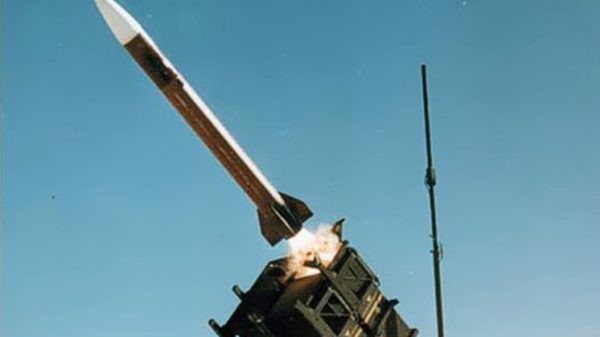




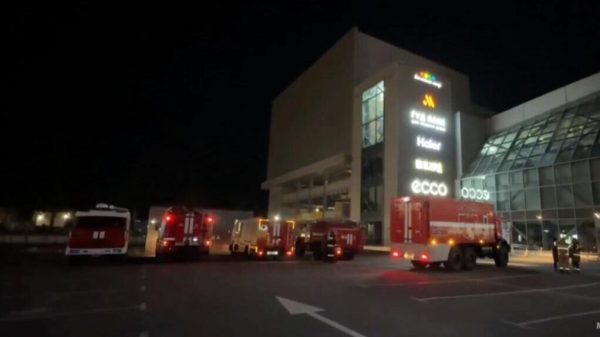


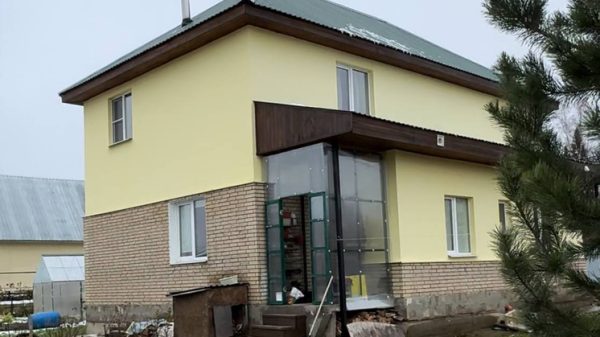

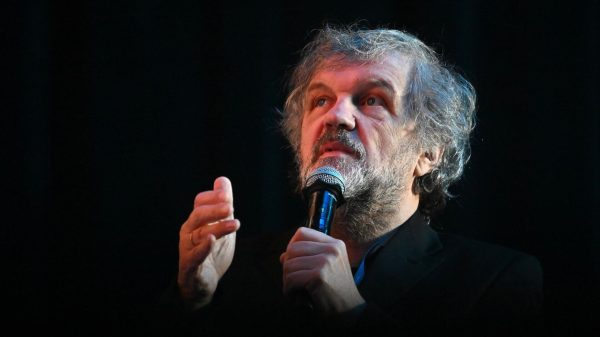
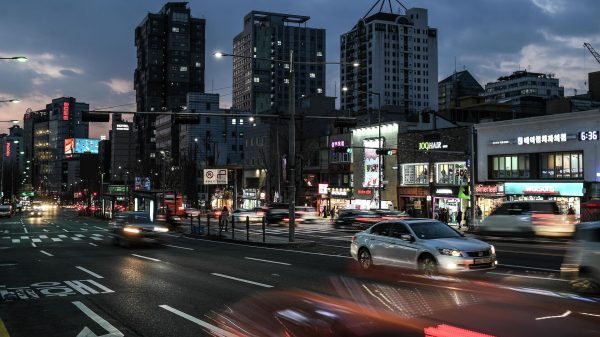





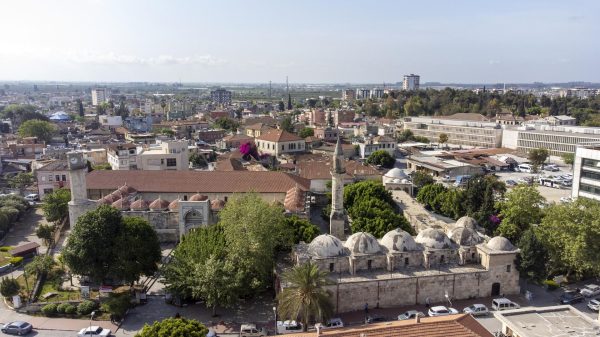

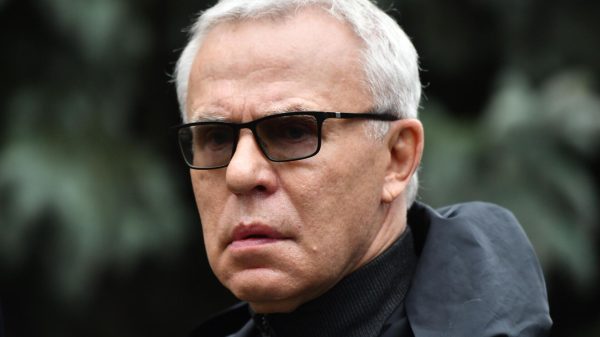



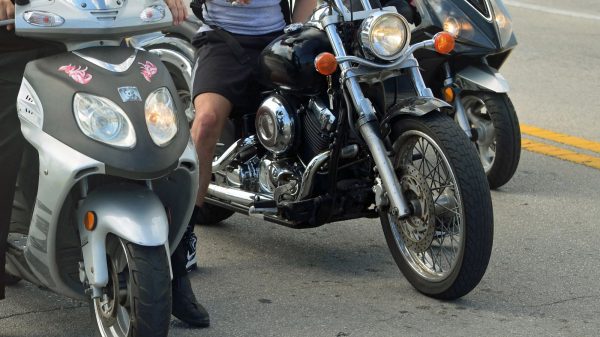
























Свежие комментарии